A ridge too far
Warning: Medically graphic photographs.
These are fracture blisters. They are apparently rare enough to be a medical curiosity. And, yes, that’s my foot.
Let’s start this story at the beginning.
I was in Albuquerque Saturday to take Nathan to another smash tournament. This is an opportunity I never turn down; it’s the best time for my son and I to talk.
I asked him when we arrived whether I could stay and watch some of his games. I wanted him to know I was interested. He politely allowed as how that would be kind of embarrassing, so I took the hint and the Wandermobile up to the La Luz Trail for another crack at that orbicular granite. Assuming the map I was working off was accurate, I figured I had the location just about pinpointed. I would take the two short and four longer switchbacks, and bushwack up to the ridge above the fourth long switchback to a kind of saddle where my map showed the outcrop. The La Luz is a busy trail, I’d hardly be out of sight of it the entire time, and the area has good coverage for my cell phone if anything did go wrong.
I had very thoroughly slathered myself with sun screen and I had a pack with my spare batteries, lunch, and water. I also had my trusty walking stick, which I figured would be especially useful for bushwacking. However, I was bothered from time to time by sunscreen creeping into my eyes — overdid it, perhaps?
Anyway. A few sights along the way:
Last time I was here, the cacti were blooming. Now they’re ripe with fruit.
A rock broken across a vein, apparently filled with calcite and siderite.
A shear zone, or perhaps multiple very thin dikes intruding the granite.
Not far past here I came across an older hiker in a Forest Service uniform. We greeted each other, he asked if I was headed to the top, and I allowed as how I was headed to see the orbicular granite. He had been there once, many years before, and his recollection was that it was considerably further down the ridge than the point I had pinpointed. Well. He also mentioned that he’d heard that the outcrop had been pretty thoroughly vandalized the last few years, with very few orbs left intact. Well, crep.
I reflected on what to do, and decided that, when in doubt, stick with the plan. If I found no orbicular granite where I thought I had it pinpointed, I’d work my way down the ridge towards where the ranger thought he remembered it.
A pause to take in the view.
I reach the end of the fourth long switchback and start bushwacking up to the ridge.
It’s slow going. The slope is fairly steep, there are patches of decomposed granite that give poor footing, and there is lots of cactus, but I gradually pick my way towards the top.
Signs of fellow travelers:
No, really, this is encouraging. It suggests there’s been regular foot traffic this way. Perhaps because this really is the way to the orbicular granite?
The granite forms a dramatic spine along the crest of the ridge.
Panorama to the north of the ridge.
And to the south.
I thoroughly explore the area. No orbicular granite. Crep.
I decide I will work my way down the ridge a ways before bushwacking back to the trail. But first I pause in a nice shaded spot at the base of the granite spine of the ridge to eat lunch.
I note that this granite, while pretty, has no orbs.
Lunch consumed, I continue working down the ridge and looking for orbs. Some nice monoliths along the way:
Still no orbicular granite, but at least I spot the largest xenolith I’ve ever seen:
The xenolith is the gray rock embedded in the pinkish granite. It’s a fragment of the “country rock” into which the granite originally intruded while still in a liquid state. In fact, the presence of xenoliths like these is one of the strongest indications that granite forms from liquid magma rather than from recrystallization of solid rock.
It was somewhere below here that I slipped on a big patch of decomposed granite. My foot was half-buried in gravel and stuck fast as I slid over it with my full body weight; I felt a distinct “pop” and an electric shock as my angle bent way, way further to the outside than any ankle has any business doing.
Snow.
I take stock. My ankle hurts like the devil. I grabbed a handful of cactus as I went down, but I can work the spines out of my fingers. My right shoulder, the one working the walking stick, is a touch sore but not too bad. My left knee, the one above the ruined ankle, is complaining slightly; really more mumbling than shouting. Other than the ankle, I seem to be fairly intact.
But I’m still a ways above the trail, which I can see below me.
And, of all times, now my camera fails to lock onto GPS, so I can’t tell you exactly where this is, but close to here.
I find, somewhat to my surprise, that my ankle will actually take my full weight. In fact, putting weight on the ankle makes it feel better. It’s when I take the weight off that my angle screams. Unsurprisingly, the ankle also feels very unstable. I have my cell phone; I have a signal. I consider, then decide I’ll take a crack at getting to the trail before calling 911. I can certainly be evacuated by chopper, if worse comes to worse, but I really don’t want to be in the evening news.
I gradually work my way down to the trail, making heavy use of my walking stick. There are a couple of times my ankle bends in a direction it shouldn’t and I feel an electric shock again, but otherwise it seems to be going okay — though I’m in considerable pain.
I reach the trail. Thank God. That is not profanity; that is an absolutely sincere and heartfelt prayer of gratitude.
I take stock again. My ankle is already spectacularly swollen.
And there are some small, bloody scrapes. On the other hand, the swelling seems to be stabilizing my ankle, after a fashion. I begin the long, painful hike out; a little over a mile as I read the map.
A couple of other groups of hikers pass me. I don’t see that they can do much to help so I just let them pass. Nathan calls when I have about a quarter mile to go; his tournament is finished. I tell him I’m still a ways up the trail and I’m moving slowly because I’ve twisted my ankle. I may be an hour.
I finally get to the parking lot and the car. Automatic transmission, fortunately, though working the parking brake is problematic. I go pick up Nathan, finding it so painful to walk that I simply sit on a bench outside and wait for him to spot me and come out. We go and have dinner at Golden Corral. I hear all about his tournament (it was challenging) and he hears a little about my hike and how my ankle is hurting. And the place is enough of a madhouse that they don’t have any no-sugar-added blueberry pie left; crep.
The drive home is not too bad. I ask Nathan to look for a first-aid kit I thought we had in the car; a couple of ibuprofen seems in order. He can’t find it. Setting the parking brake (necessary in our rather steep driveway) is painful. I limp into the house. Cindy clucks. I pull my shoe off and see that the right side of my foot is covered with blisters. Big ones. And spectacularly bruised. It’s after 7:00; Urgent Care will be closed. I don’t want to do the emergency room. I sleep on the couch.
Cindy takes me to church the next morning, planning to head from there directly to Urgent Care after she teaches her women’s Sunday School lesson. Look, my condition is stable, and while I obviously twisted my ankle something awful, I then hiked a mile down the mountain on it, and it still takes my full weight without pain; how bad can it be?
A friend offers to take me to Urgent Care for Cindy so I won’t have to wait two more hours. Sure, thanks. We arrive. I sit and fill out forms for the usual 45 minutes. The doctor then sees me. He is concerned about the blisters and the rash spreading way up my leg; he thinks I’ve contracted a bad staph infection. Oh, and he orders some X-rays, to be sure nothing’s broken. I get fitted for crutches, then hobble off for the X-rays.
Back in the waiting room. The doctor comes in. “Geez, you broke it in three places.” Crep. I get to see the X-rays. The fibula, the smaller long bone in the lower leg, is broken twice right at its base. Fortunately, the pieces are lined up pretty much where you’d want them; in other words, by X-ray, not a bad break. There is also a bone fragment in my instep, but I feel no pain there and it looks like it might be an old injury. Conservative care will do. The “infection” concerns my doctor much more. I get a very painful shot of antibiotic in the butt, three more antibiotics by pill,and instructions to come in the next day for followup. The doctor also marks the limit of my rash, so we can see if the infection is continuing to spread. I get a boot.
I spend a lazy Sunday afternoon writing at my computer, with my leg propped up.
Towards bedtime, I notice that the “rash” has spread a full two inches beyond the doctor’s pen mark. Crep. Cindy takes me to the emergency room; she is very concerned. So are the doctors at the emergency room. I get admitted to the hospital and they start an IV of gorillamycin,
That seemed to be doing the trick. The next morning, the “rash” has not noticeably spread further, and when Cindy comes by to visit on her way to work, she thinks the leg looks a lot better.
Dr. Sauer, the podiatrist, comes in. He takes one look, wrinkles up his face, and says, “You don’t have an infection. Those are fracture blisters and the rash is severe bruising.” He notes that fracture blisters are rare and indicate a severe fracture. This is puzzling, since the X-ray does not show a bad fracture. I allow as how hiking a mile down a mountain on it might have something to do with it, but he is unconvinced. More X-rays.
The chief of staff comes in with about eight other doctors and nurses to look at my ankle. I feel like the prize specimen for the day. Apparently fracture blisters really are rare; so far three doctors had misdiagnosed them. I’ve always wanted to teach, and now I’m teaching doctors about fracture blisters!
Bottom line: The foot has got to stay elevated, so it will drain properly. (I have it propped up high on my desk as I write, where it’s above heart level. Awkward but manageable.) I’m in a temporary splint. Friday Dr. Sauer will look it over again and decide what’s next and (hopefully) tell me when I can go back to work. However, the current theory is that I tore the entire deltoid ligament on the right side of my foot, no small accomplishment, and this explains the fracture blisters. Will likely require surgical repair, but first the blisters need to heal.
I am facing the reality that my hiking days are over.
Sure, the ankle will heal. But there will be no more bushwacking. There will also be no more hiking alone, even though it would have made no difference in this case. I can’t imagine I would have done anything but hike out even if I had had someone with me; and if I had been genuinely immobilized, getting help would have been no problem. I was near a busy trail and I had a working cell phone with a good signal. But given my inability to find hiking partners in the past, I don’t see much hope of it in the future, and that basically means no more hiking.
Crep.

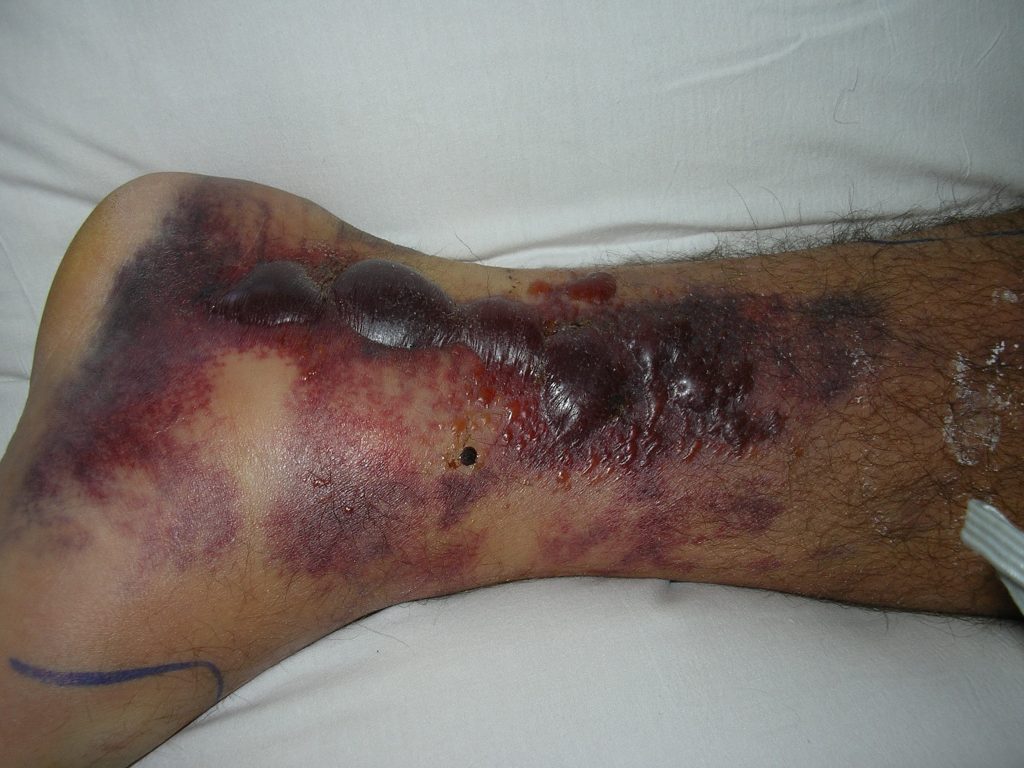
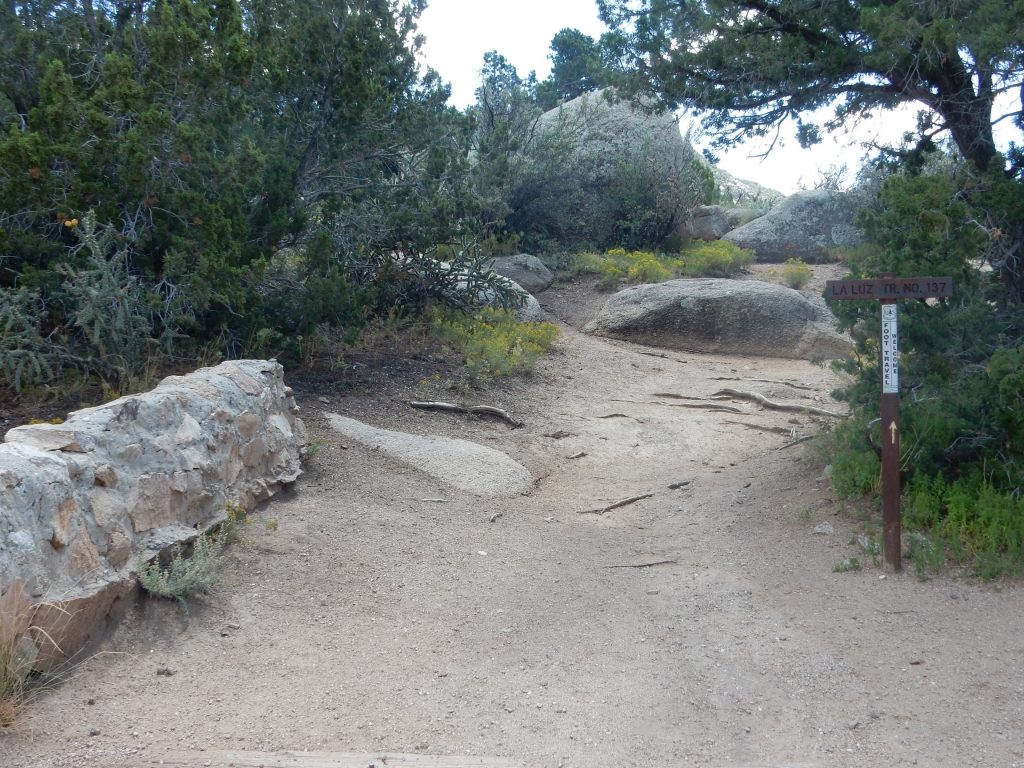
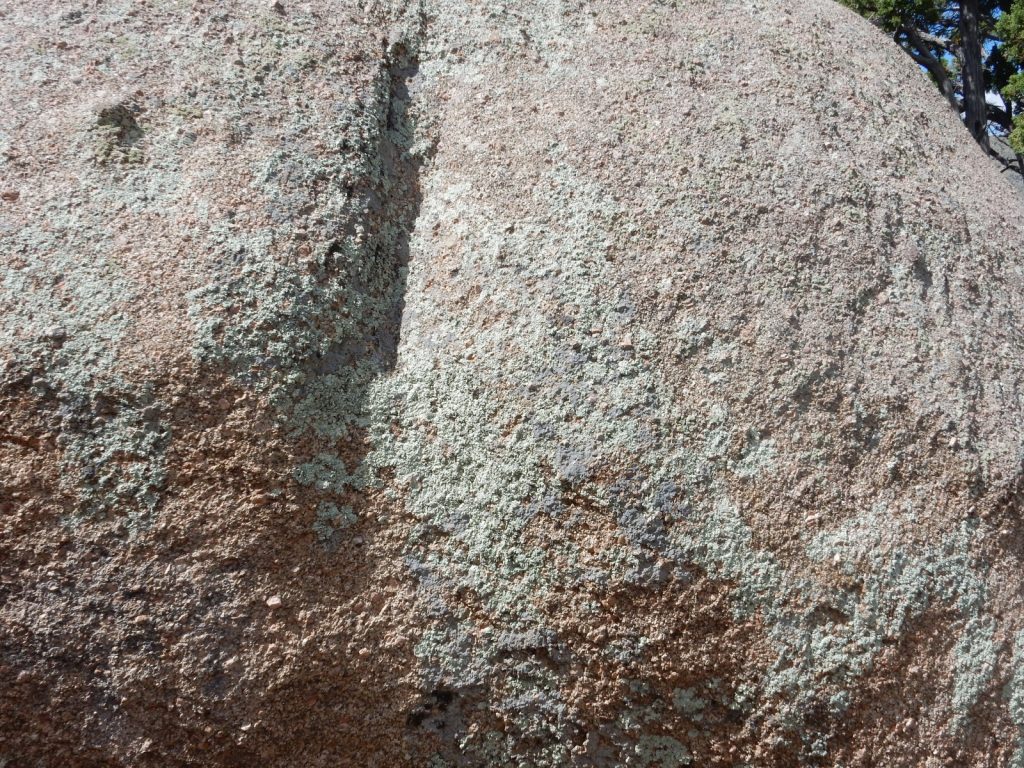
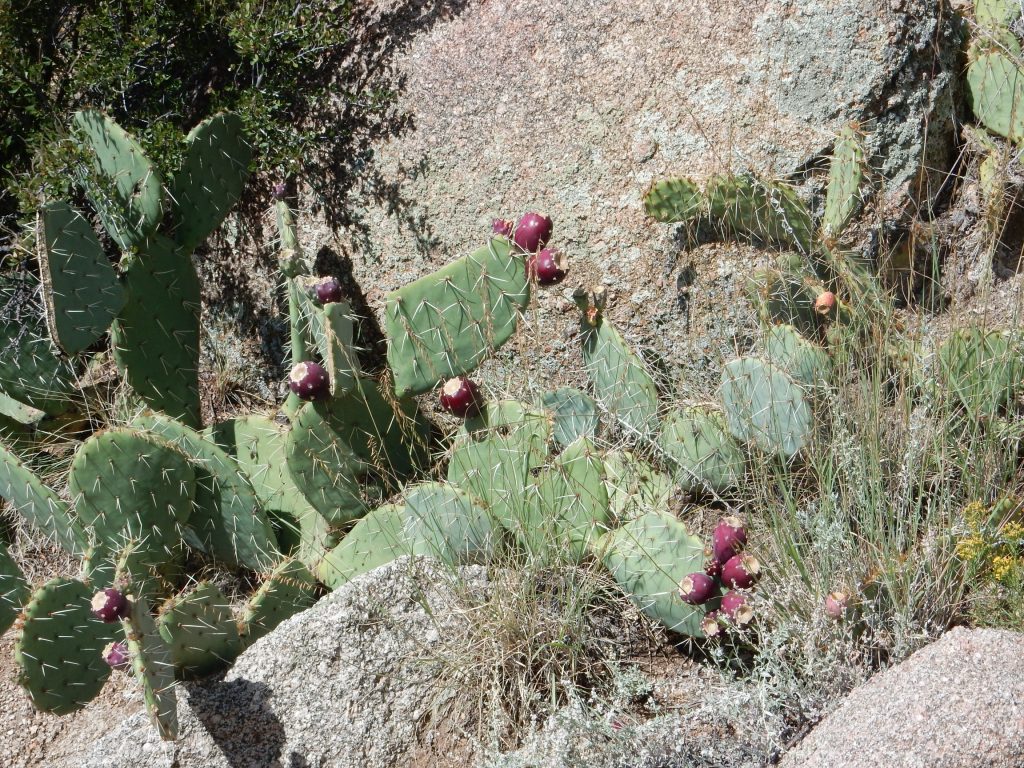
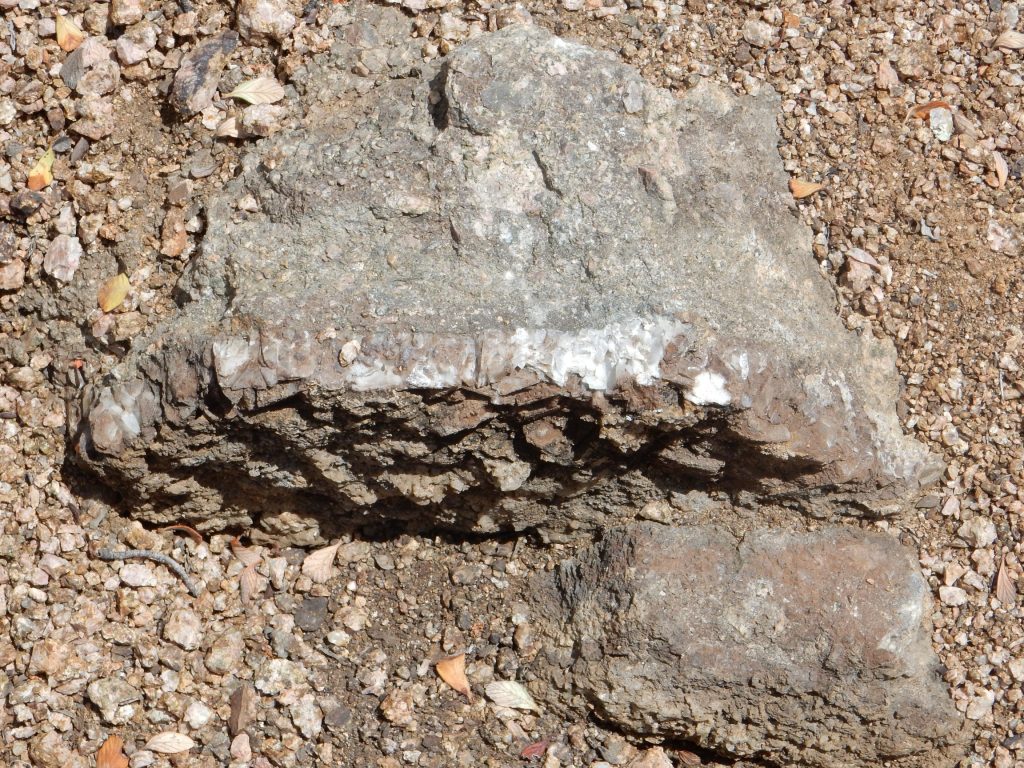
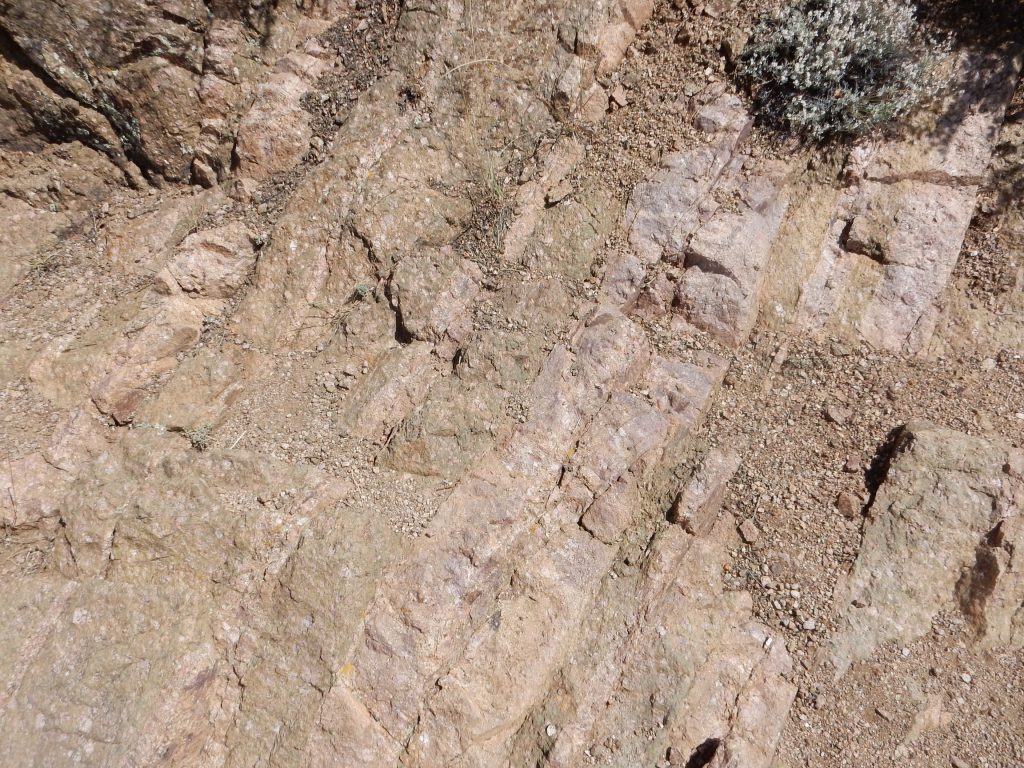
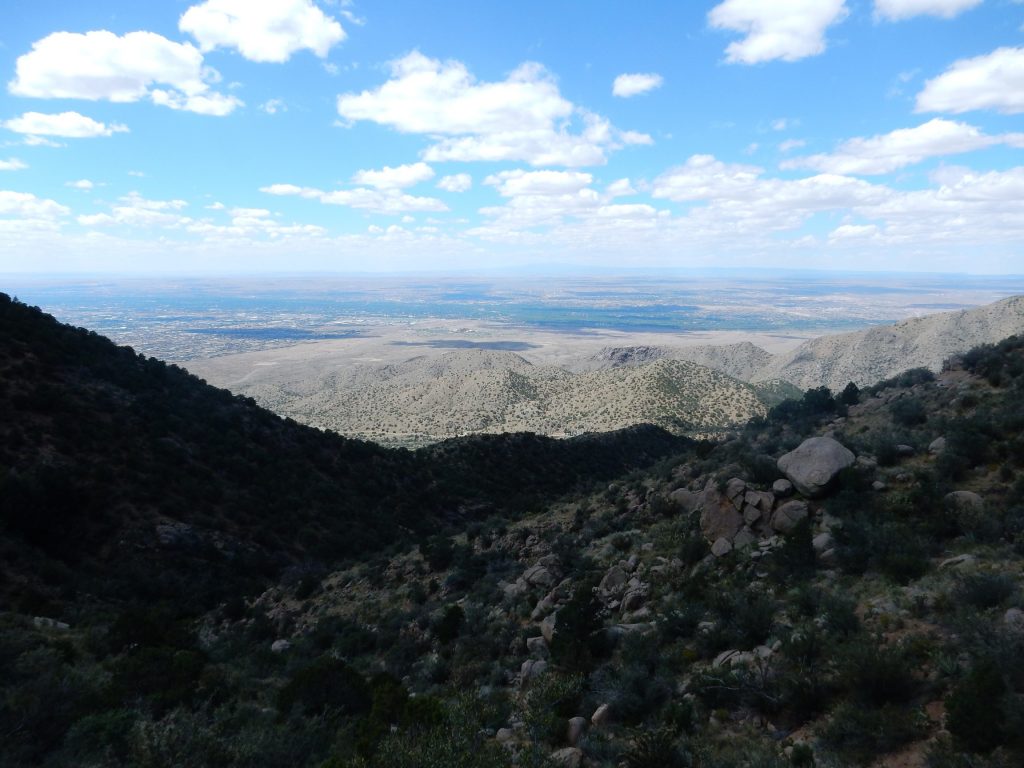
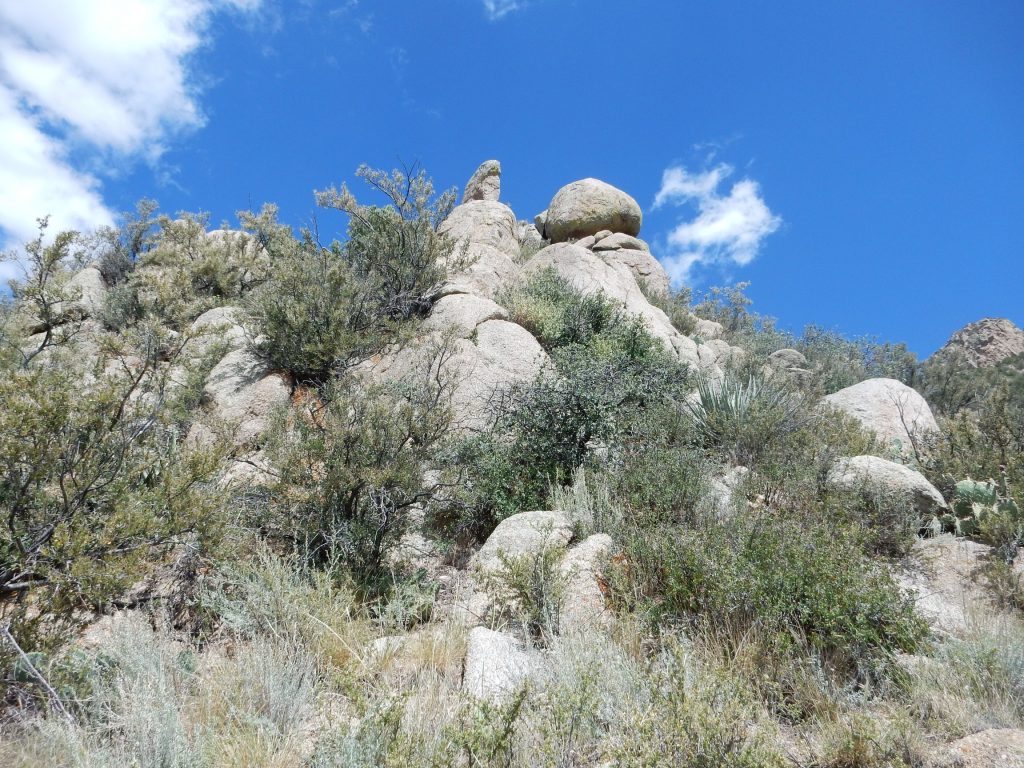
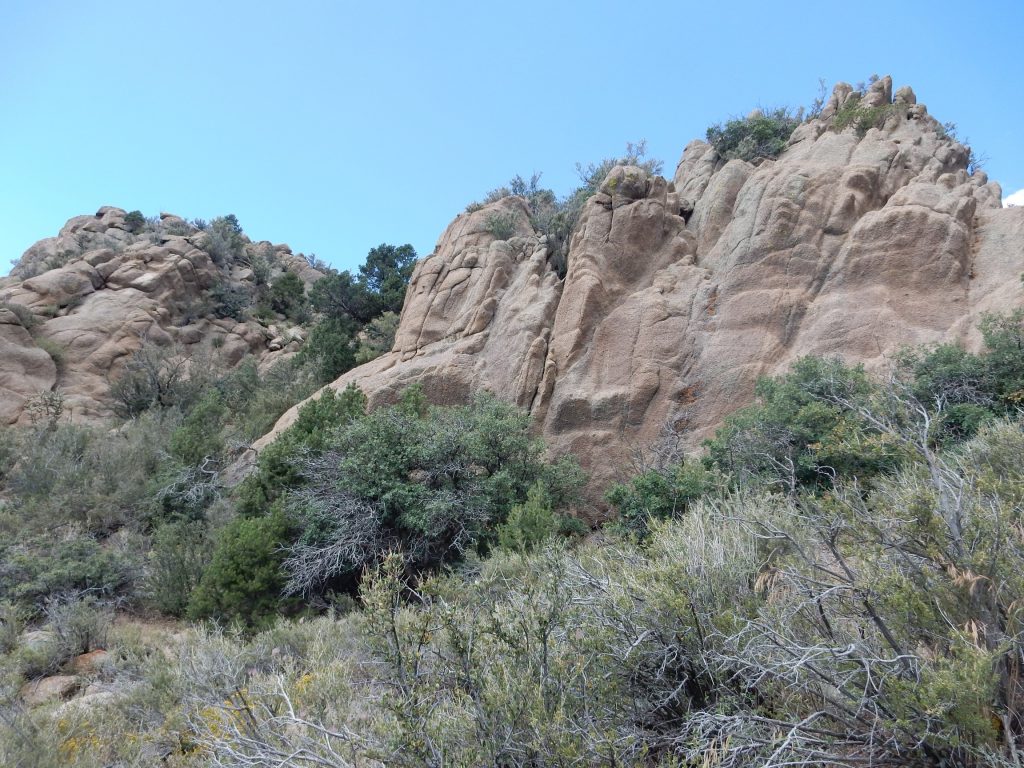
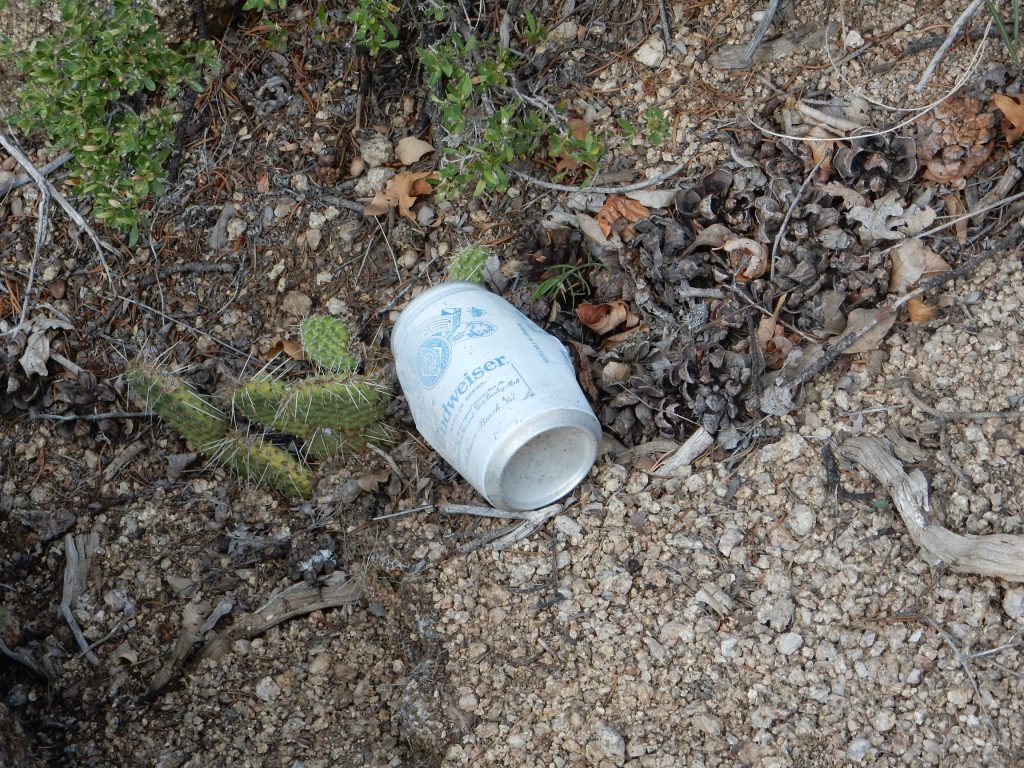
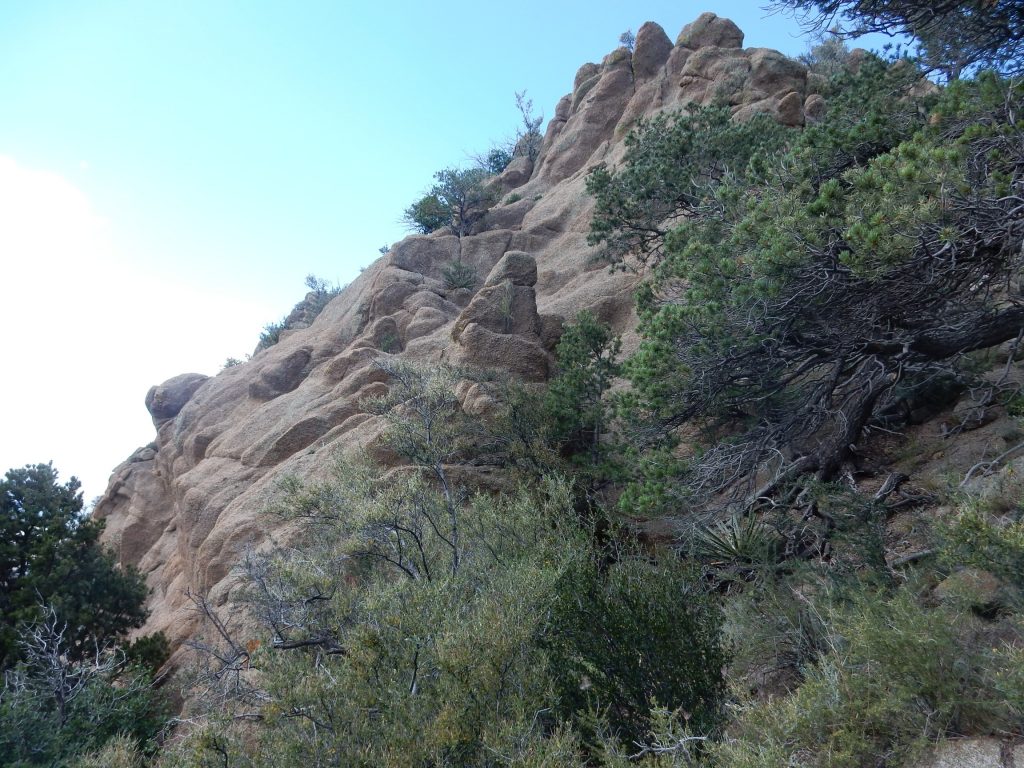


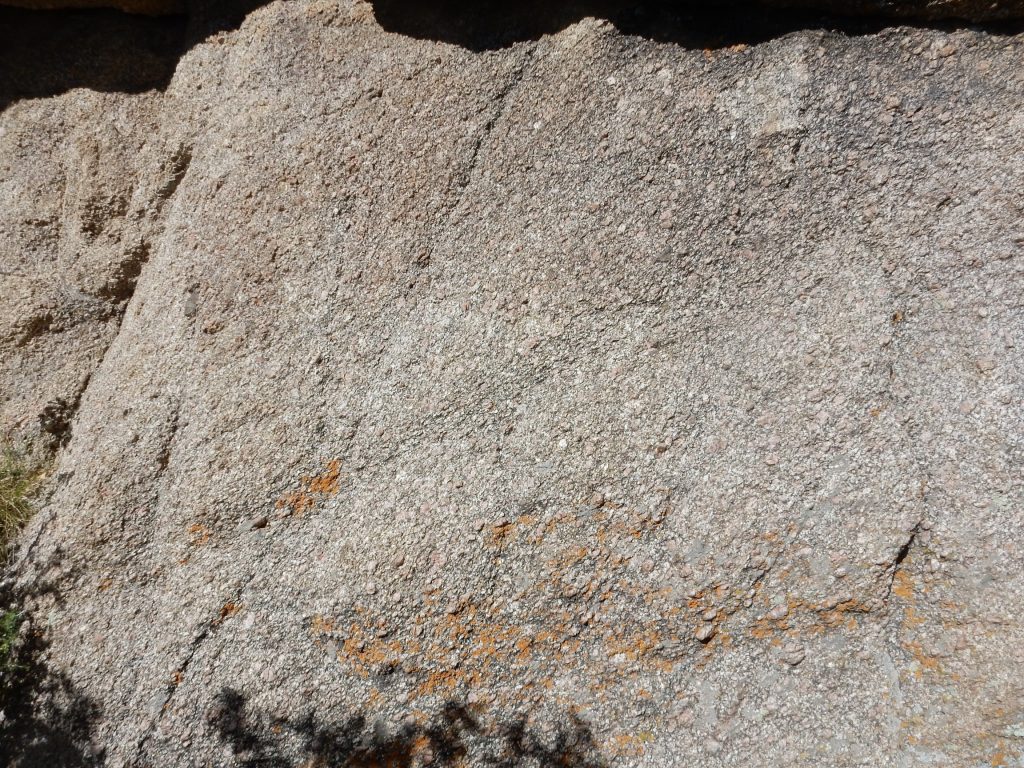
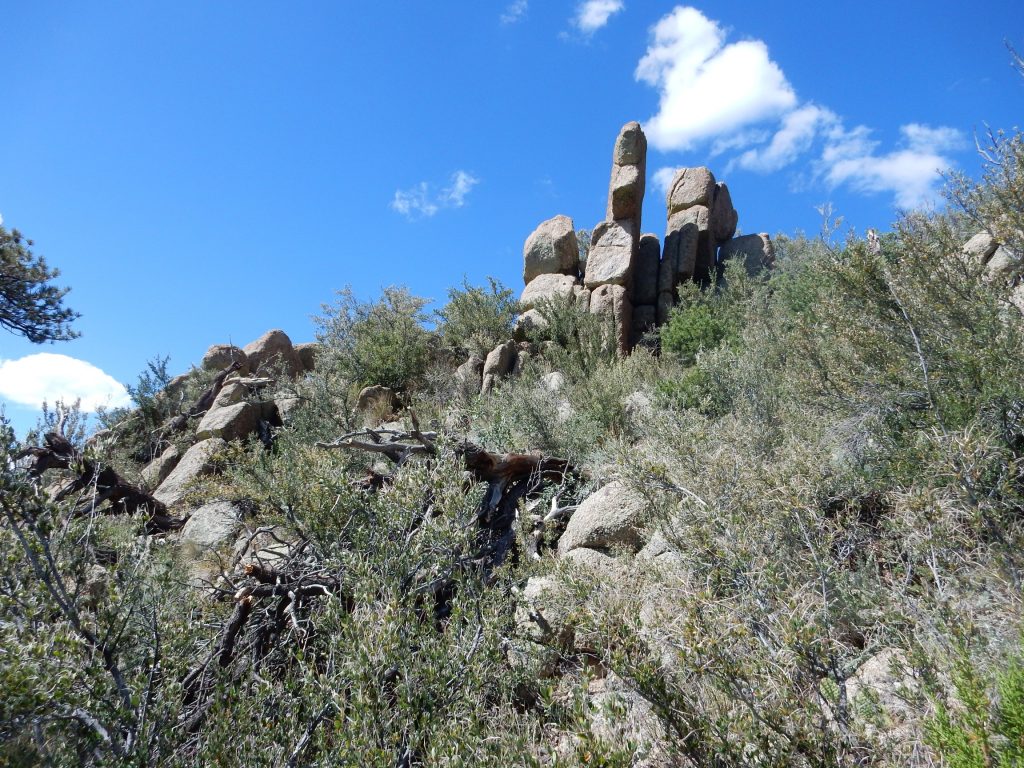
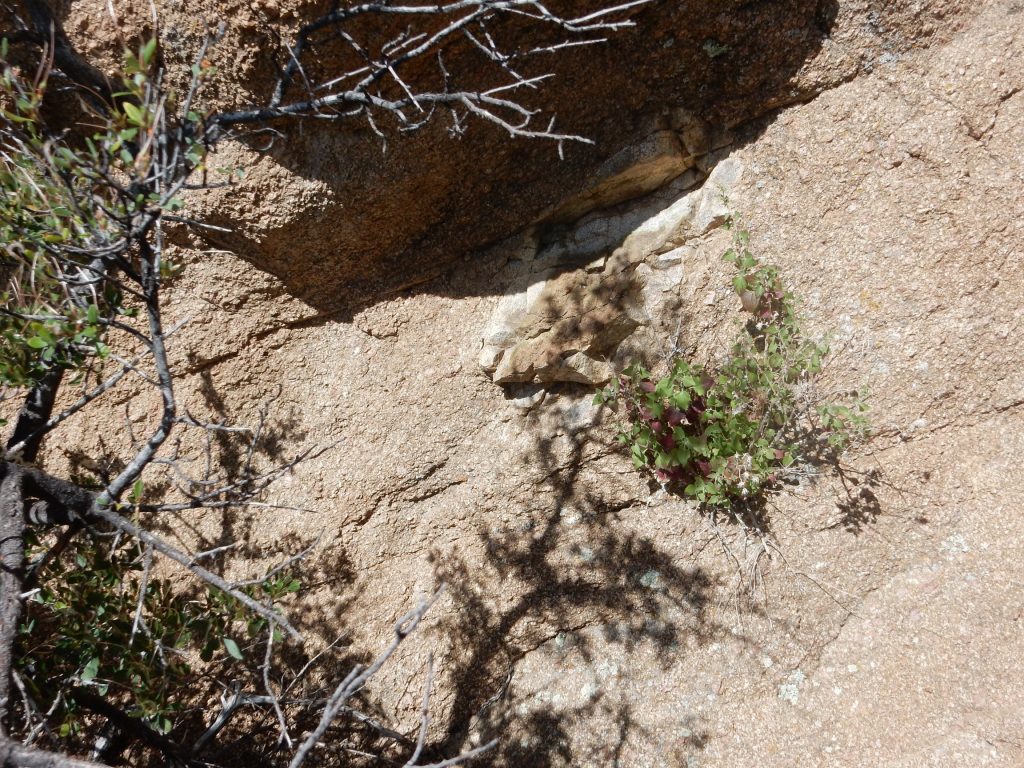
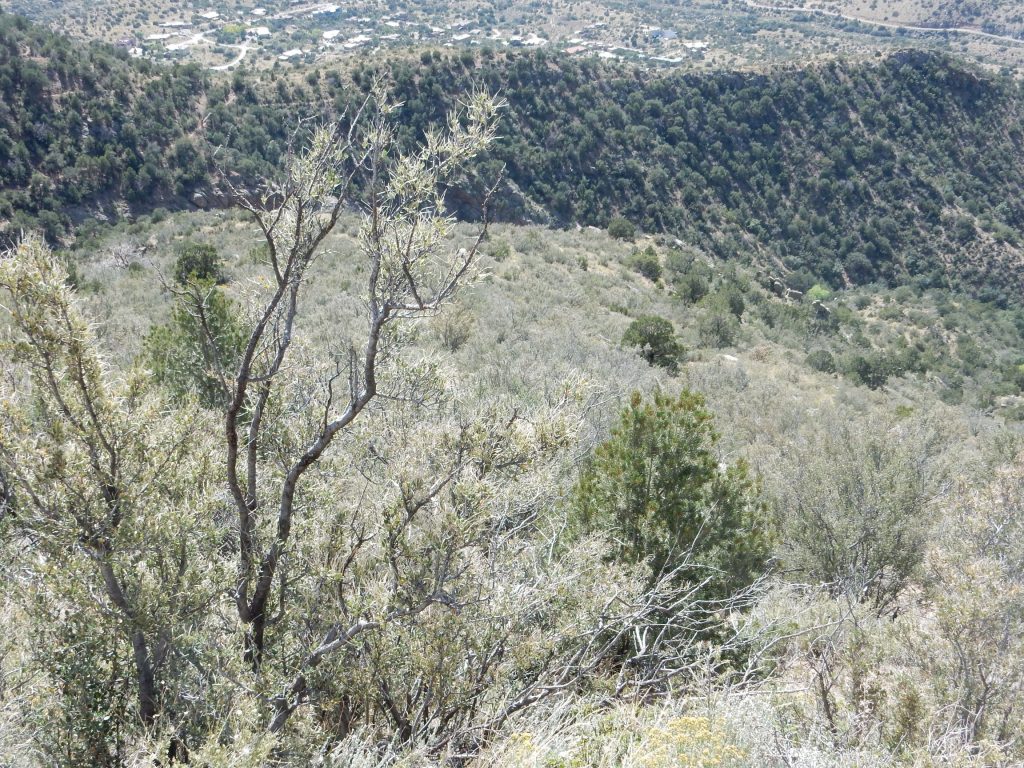
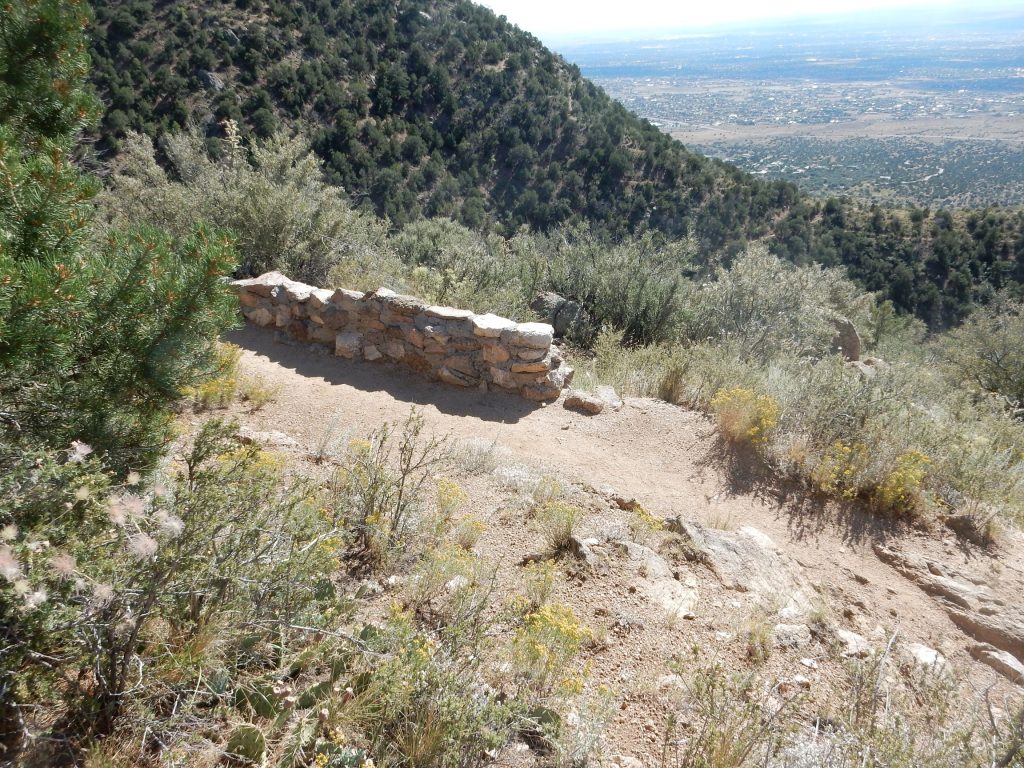
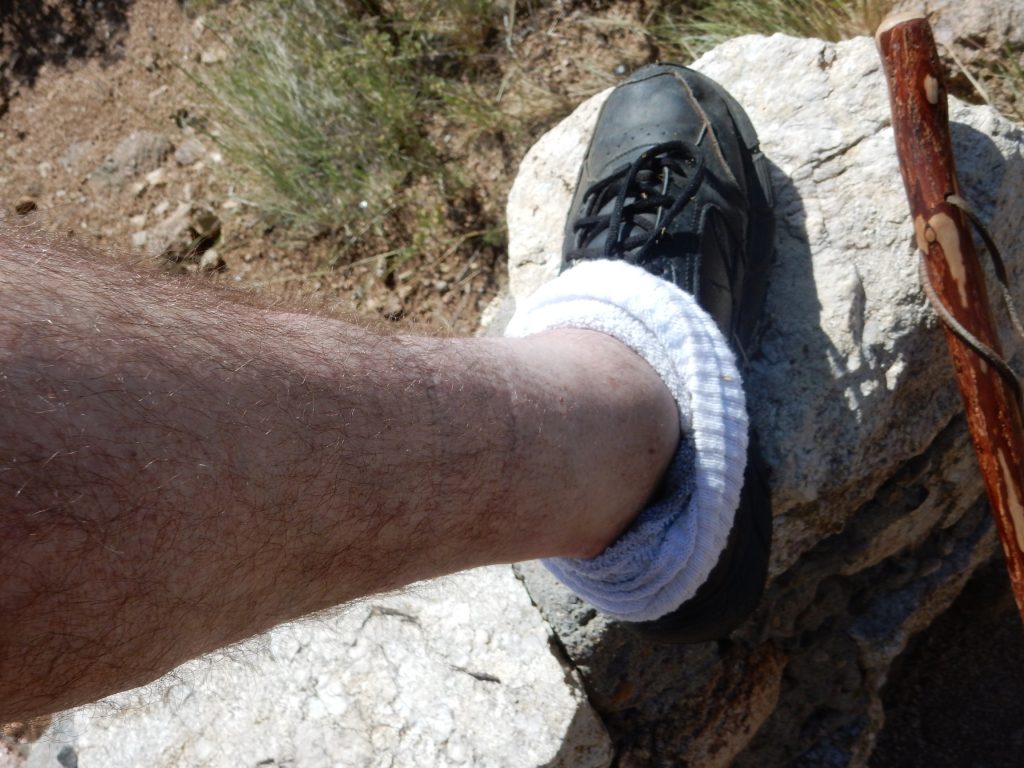
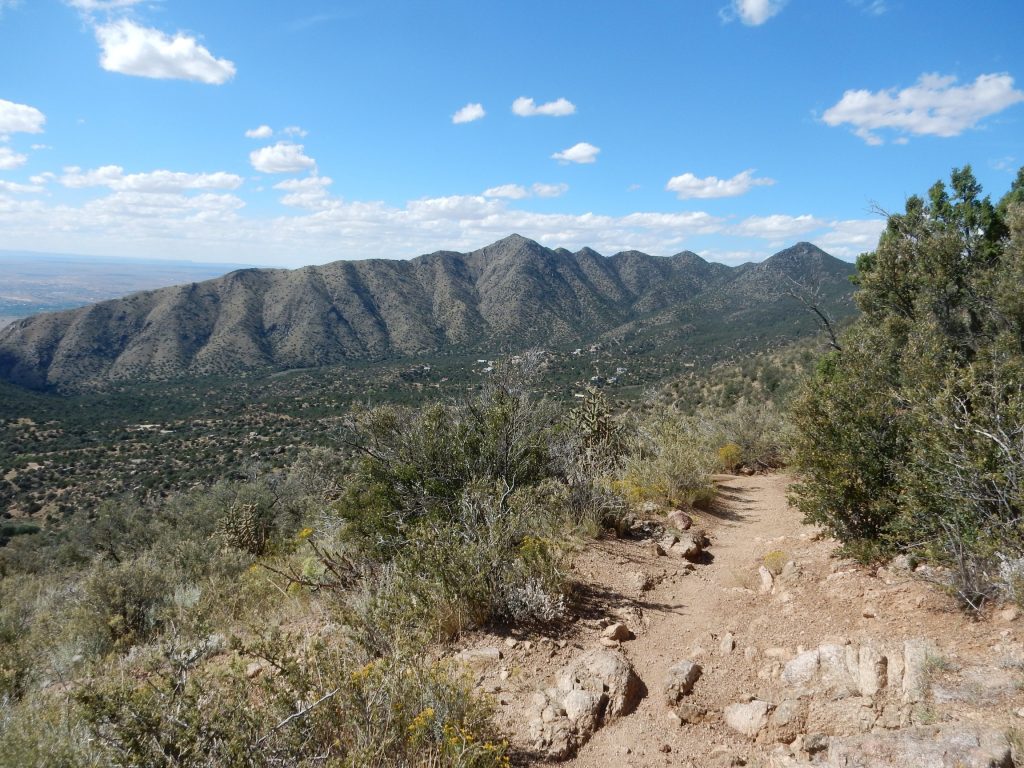
I will hike whenever I’m down there or you’re up here. But I don’t move very fast.
At the moment … neither do I.
Wow. Sorry that happened!
Sorry to see and read this, Kent. Even after everything that happened as is happening, you’re still obviously a purposeful hiker and it would be very difficult to give up. So I’d shift that thinking to ALWAYS hiking with someone and in areas will cell coverage. That should still keep many areas of interest open to you. I hope your healing continues unabated.
Wow, that is quite the story although it was no doubt a tough experience. I woke up one day with peripheral neuropathy in my feet, so since I can’t feel much of them anymore, my hiking days were also over.
I have a touch of diabetic neuropathy in my feet. My middle toes are quite numb and occasionally they’ll get burning at night.
Normally I just put my foot outside the sheets where nothing touches them and I’m fine. A couple of nights ago, i had a bout, but now my foot’s in a compression splint …
Wish you a speedy recovery
You will recover and you can get just as strong, or stronger than you were before your accident.
All of the broken parts that have blood supply can and will heal to the extent of rehab you can give them. Avascular parts (ie, ligament, tendons, etc.) need extra ‘help’.
Check out the out-patient technique called prolotherapy where a physician intentionally creates inflamation in and around the avascular tissue so that the body will be stimulated into creating more of that tissue.
Over eight years ago, I was told that I would be looking at knee replacement in the near future. I chose a specific form of prolotherapy to create more of ‘me’, instead. Today, I only have normal knee dis-comfort from occasional mis-use. My knee is all me.
Pingback: Ankle update | Wanderlusting the Jemez
Pingback: A day at the museum | Wanderlusting the Jemez